- World Population Review Newsletter
- Posts
- Books Are Back—But Not the Way You Remember
Books Are Back—But Not the Way You Remember
Who's buying print, ebooks, and audiobooks—and what it means next.
In partnership with…
Greetings, discerning mind of global insight!
In a world buzzing with screens and distractions, reading still demands something rare: your full attention. But how we read—and where—is changing fast.
From printed pages to glowing screens to stories whispered in your ear, this issue dives into the global reading shift. Who’s turning paper? Who’s scrolling? And who’s just listening?
Let’s turn the page—and see what the world is reading.
Most Writers Struggle in the Dark. Story Grid Turns on the Lights.
You don’t need more vague writing tips. You need a system that shows you exactly how stories are built—then helps you build yours. Learn with proven tools, expert feedback, and a community that gets it.
1. The Print Loyalists: Where Pages Still Reign
Despite the digital surge, physical books remain remarkably resilient in several nations where tradition, education systems, and even aesthetics preserve their value.
🇯🇵 Japan, for instance, still boasts one of the highest per-capita purchases of print books, driven in part by its bustling manga market. Printed material here remains a status symbol of knowledge and sophistication.
🇩🇪 Germany is another stronghold, where bookstores thrive and reading is deeply tied to cultural identity. The country’s “Buchpreisbindung” law enforces fixed prices on books—preserving independent sellers and limiting deep discounting by online giants.
🇫🇷 France has even extended legal protections to physical books, requiring minimum shipping costs and limiting e-commerce markdowns.
Surprising insight: In 2024, over 70% of adult Germans still preferred reading print books over any digital format—a figure virtually unchanged from a decade ago.
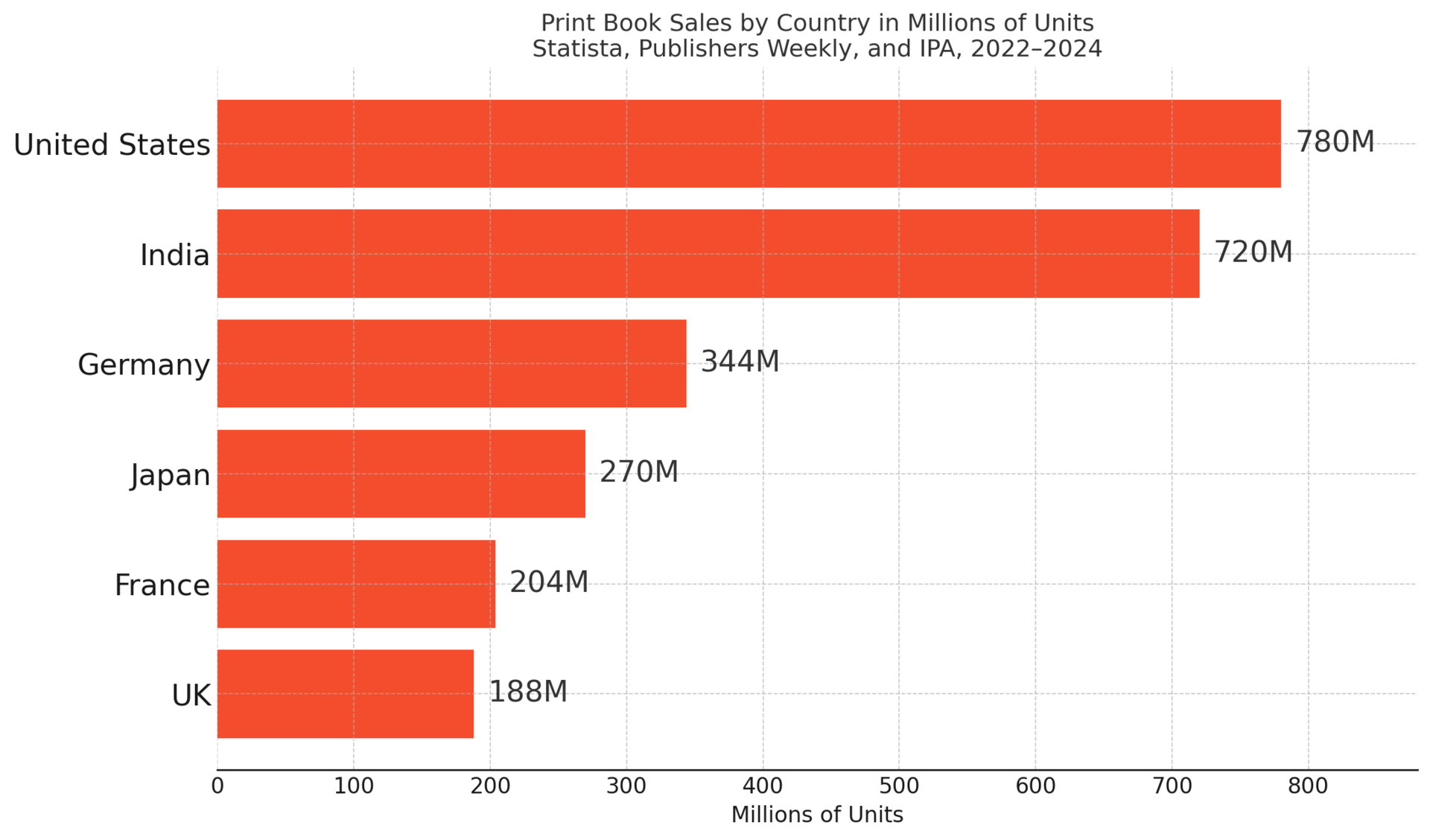
2. Ebooks Ascendant: Where Screens Take the Lead
In some corners of the world, digital reading isn’t just growing—it’s the default.
🇨🇳 China leads globally in eBook consumption, with platforms like WeChat Reading and iReader racking up hundreds of millions of users. The format suits the fast-paced, mobile-first habits of urban readers.
🇮🇳 India is another ebook hotbed. Affordable smartphones and large English-speaking populations have driven the popularity of Kindle titles, especially among students and young professionals.
🇰🇷 South Korea is embracing eBooks across public libraries and academic institutions, backed by high-speed internet and government subsidies to digitize content.
Trend to note: The global ebook market is expected to reach $19 billion by 2027, growing fastest in Asia and the Middle East due to smartphone proliferation and educational demand.
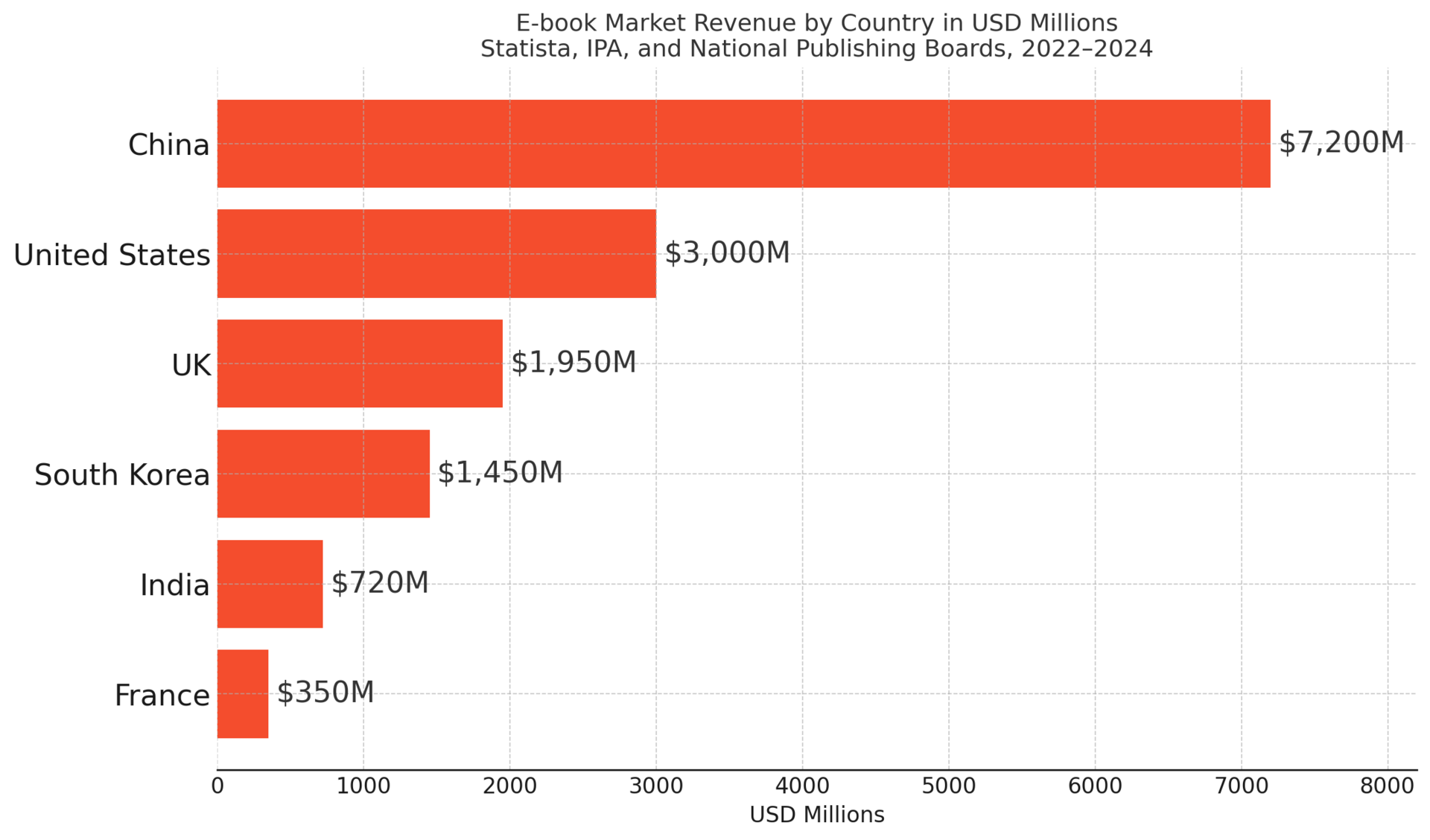
3. Audiobook Boom: The New Way to “Read”
Reading with your ears is now mainstream. Audiobooks are transforming both publishing and daily routines—from commuting to cooking to workouts.
🇺🇸 In the United States, audiobooks are the fastest-growing format in publishing. With platforms like Audible and Spotify entering the scene, the market surpassed $2 billion in revenue in 2023 alone.
🇸🇪 Sweden has the world’s highest audiobook subscription rate per capita, thanks to companies like Storytel and BookBeat. The format thrives here not just for fiction, but also self-help and professional development.
🇳🇴 Norway takes it further—libraries now include audiobooks in lending services, making listening a civic right.
Unexpected stat: Nearly 1 in 3 Americans under age 45 listened to an audiobook weekly in 2024—a level of engagement that would make Gutenberg blink.
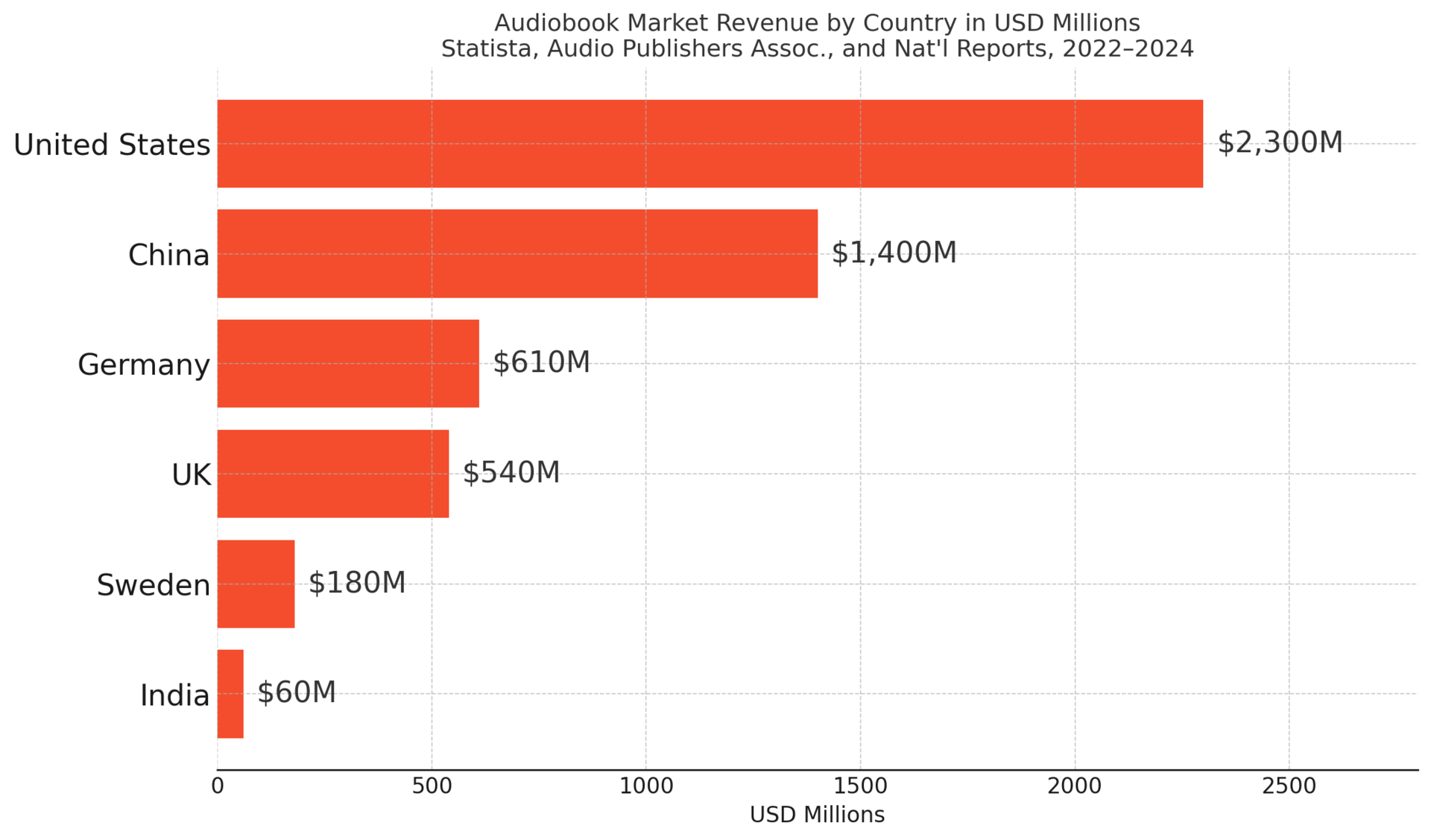
✍️ Write the Scenes That Finally Work
Most writing advice tells you what to do. Story Grid teaches you why it works. Build narrative instincts, master scene structure, and write with real creative control.
4. Literacy Tech: Global Leaders in Reading Innovation
Behind the scenes, some countries are investing heavily in digital tools to boost reading—not just formats, but skills.
🇪🇪 Estonia, with its “Digital Republic” approach, integrates reading analytics and AI tutors in schools. Personalized learning tracks are becoming the norm.
🇫🇮 Finland, long known for high literacy rates, uses open-access e-libraries and AI-driven comprehension tools in classrooms, bridging reading gaps early.
🇳🇱 The Netherlands is deploying immersive “read-along” tech in public libraries, blending text, audio, and animation to help children and ESL learners.
Fascinating find: Estonia has implemented biometric feedback (like eye-tracking) in school e-readers to adjust reading material complexity in real time.
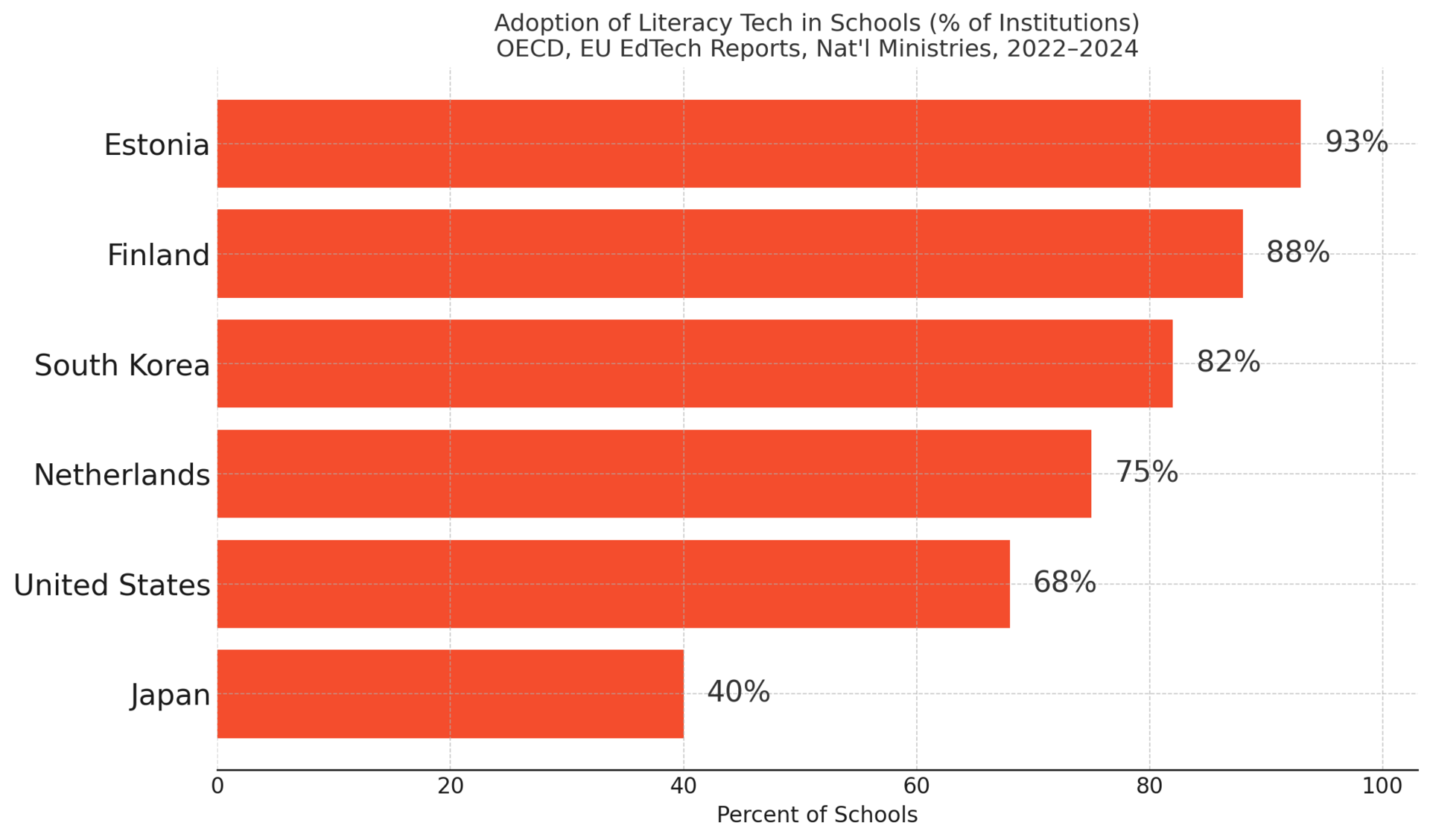
5. Publishing Powerhouses: Who’s Selling the Most?
Book markets reflect more than consumer tastes—they’re barometers of literacy, economic access, and even soft power.
🇺🇸 The U.S. remains the largest publishing market in the world, churning out over 1 million new titles each year, both traditionally and self-published.
🇬🇧 The U.K., while smaller, exports more books than any other country—an often-overlooked fact that makes it a publishing superpower on the world stage.
🇨🇭 Switzerland spends more per capita on books than nearly any other nation, thanks in part to trilingual publishing in German, French, and Italian.
Did you know? Romance novels dominate ebook charts globally, accounting for nearly 50% of all ebook sales in North America.
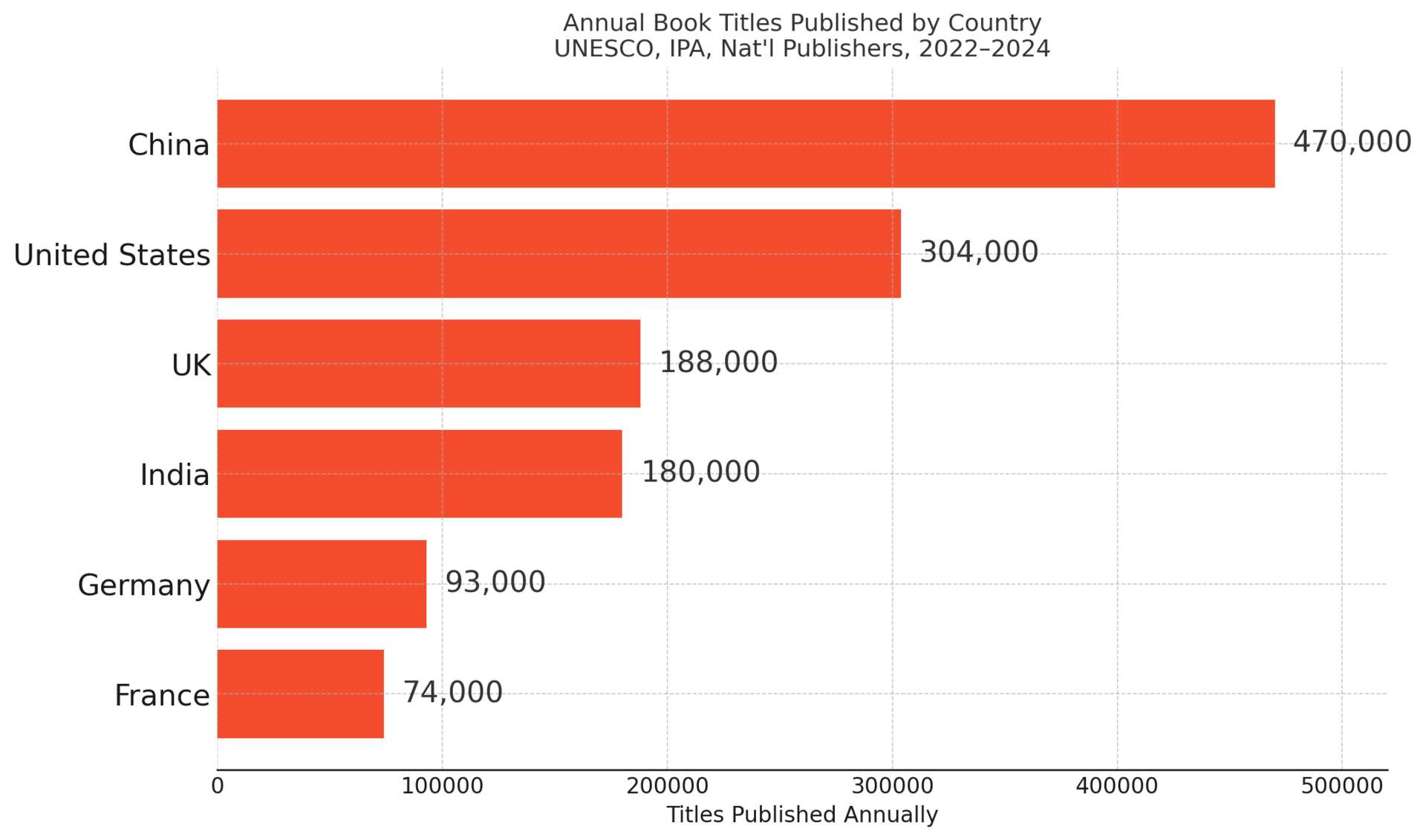
6. Education & Youth: Where Reading Is Growing Fastest
While many worry about declining literacy, several countries are bucking the trend—especially where governments view reading as economic strategy.
🇻🇳 Vietnam has doubled national library funding since 2018, and reading clubs are now part of rural school curricula.
🇿🇦 South Africa is investing in mobile libraries to reach underserved youth, resulting in a 30% increase in youth literacy since 2020.
🇧🇷 Brazil’s “Minha Biblioteca” program has distributed over 100 million books to low-income students, often in both print and digital formats.
Powerful insight: Vietnam’s youth literacy rate (ages 15–24) now exceeds 98%—on par with much wealthier nations, thanks to aggressive reading-focused policies.
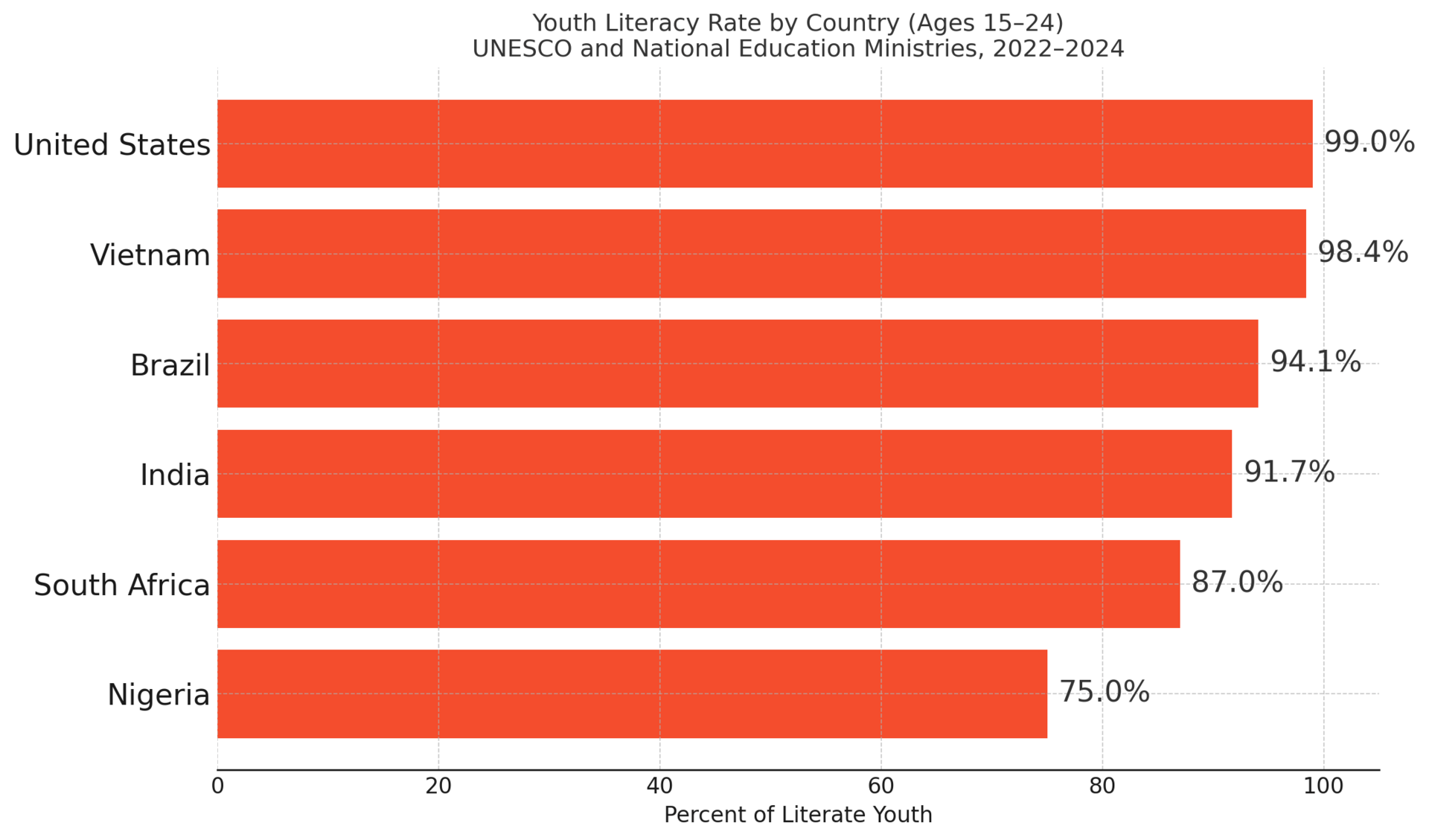
7. The Future of Reading: What’s Next?
As AI, voice synthesis, and immersive experiences evolve, the future of reading may look less like a page and more like an experience.
📱 AI-narrated audiobooks are slashing production costs and making niche titles viable. Expect millions of backlist books to be “readable by voice” within a few years.
🔮 Augmented reality children’s books are emerging—where illustrations move, speak, and even react to the child’s voice or expression.
🧠 Neuro-literacy research is investigating how format affects comprehension. Early findings? We absorb deeper meaning from print—but retain structure better with audio.
Fascinating projection: By 2030, the majority of book content consumed globally is expected to be listened to, not read.
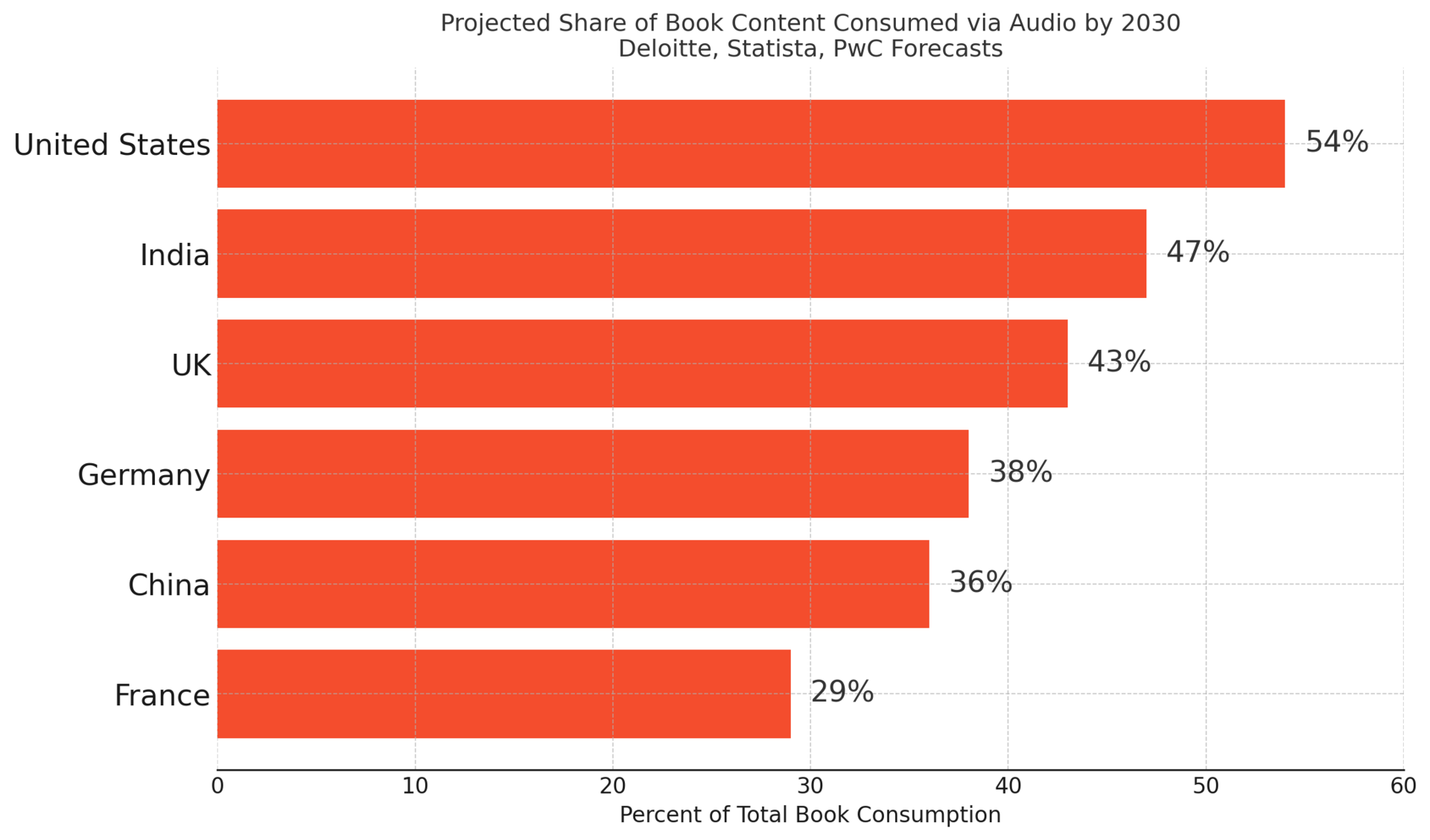
From paperbacks in Paris to AI narrators in New York, the way we read is evolving—but our thirst for stories, knowledge, and meaning endures.
Wherever reading thrives, opportunity follows. Whether you're thinking of where to live, invest, or grow, literacy isn’t just a skill—it’s a signal.
Until next time, keep listening, scrolling, turning—and above all, learning.
Warm regards,
Shane Fulmer
Founder, WorldPopulationReview.com
P.S. Want to sponsor this newsletter? Reach 123,000+ global-minded readers — click here!

